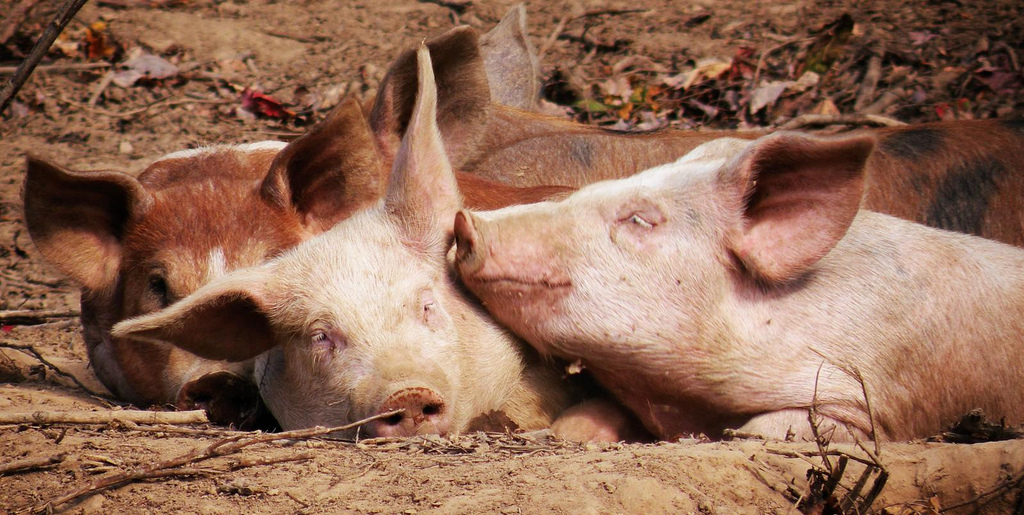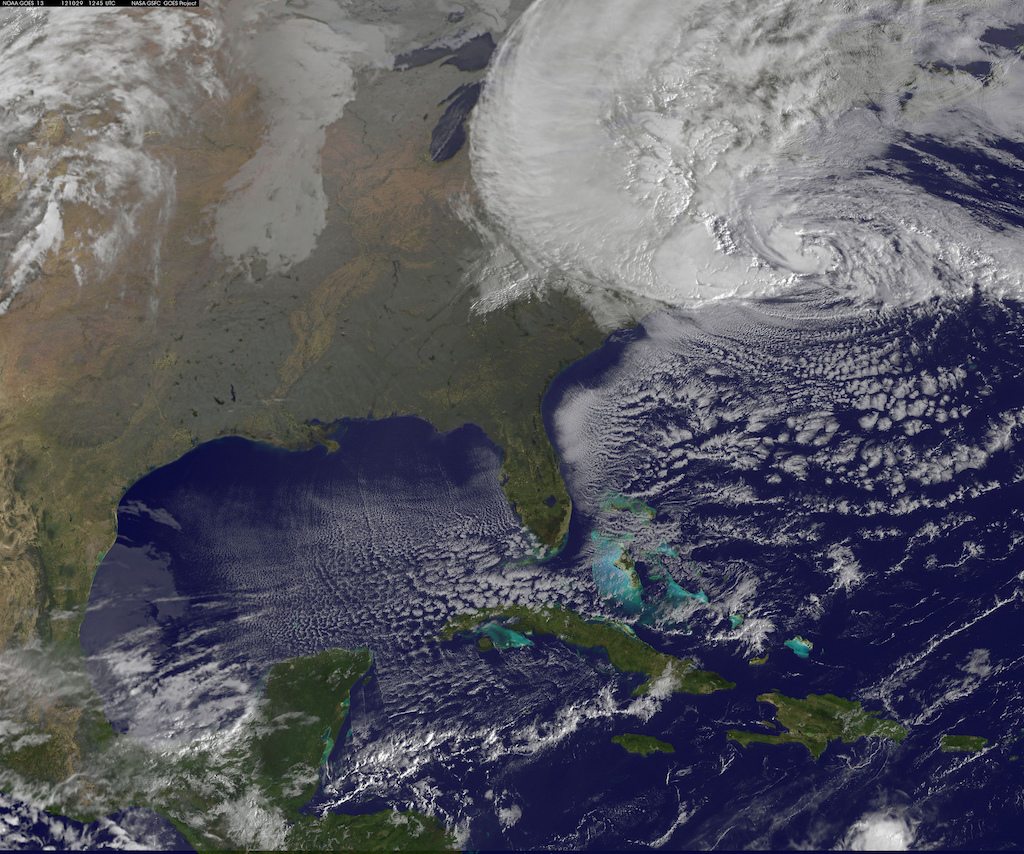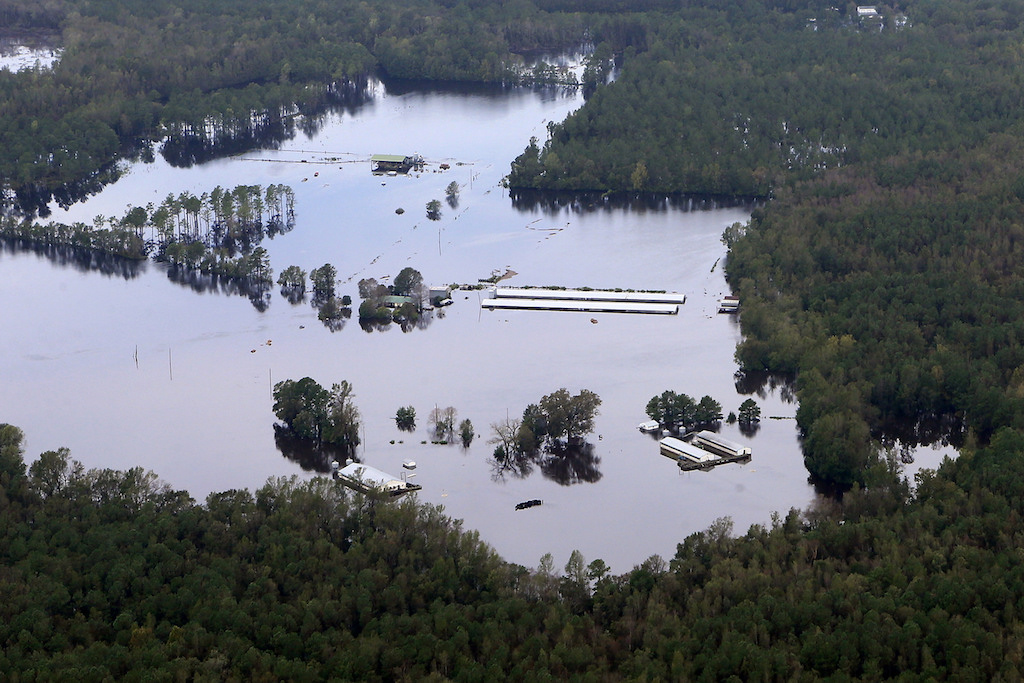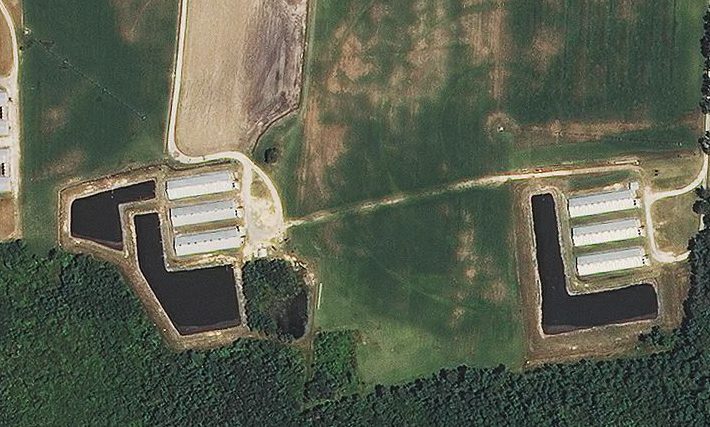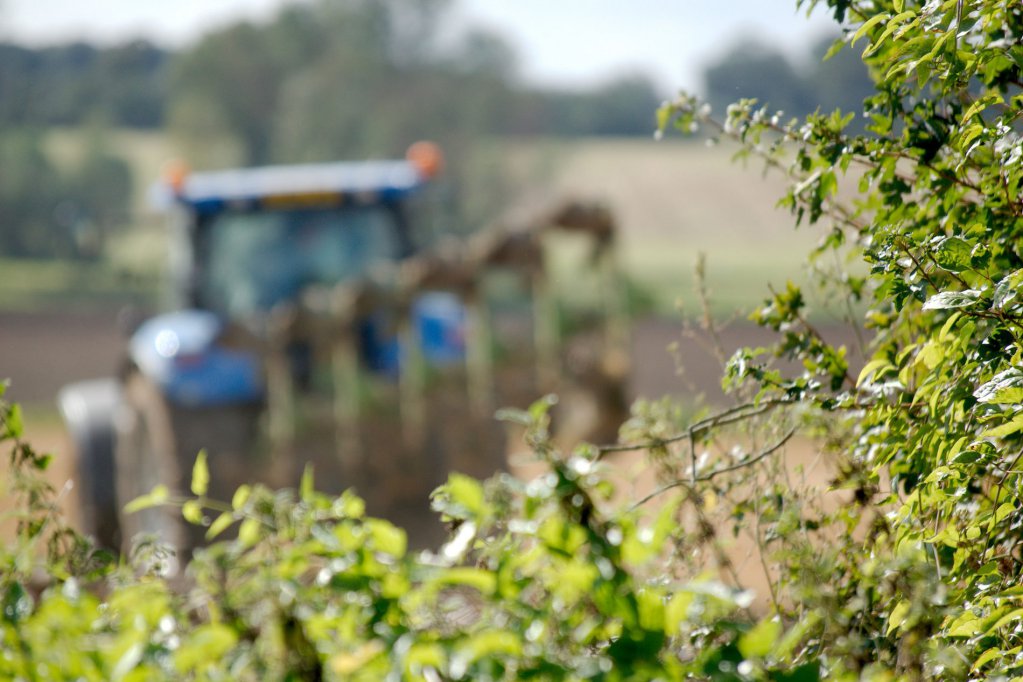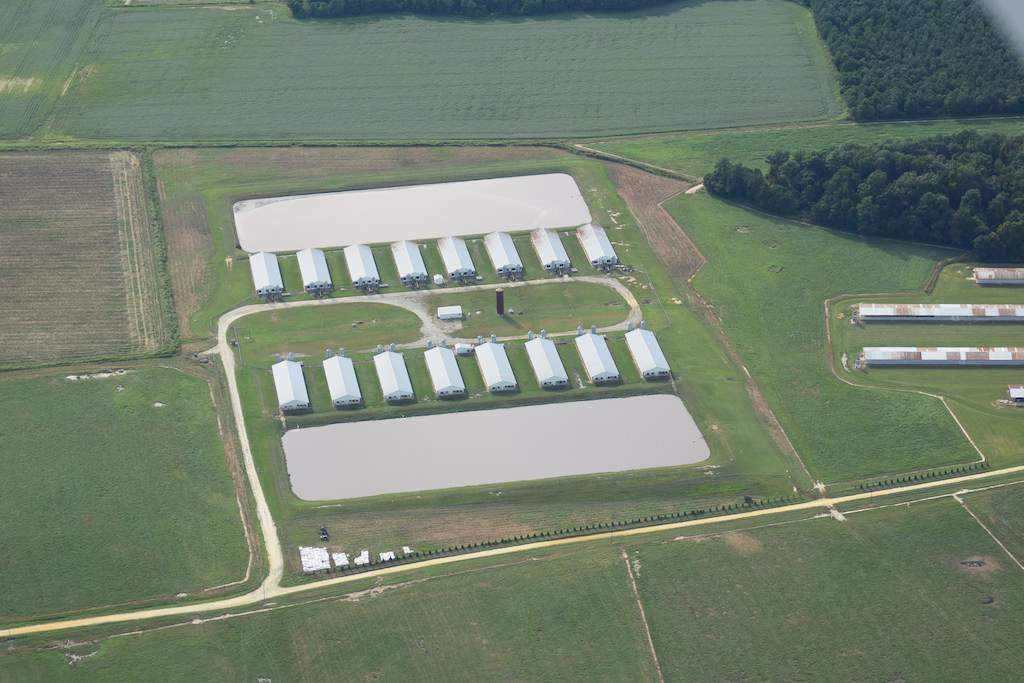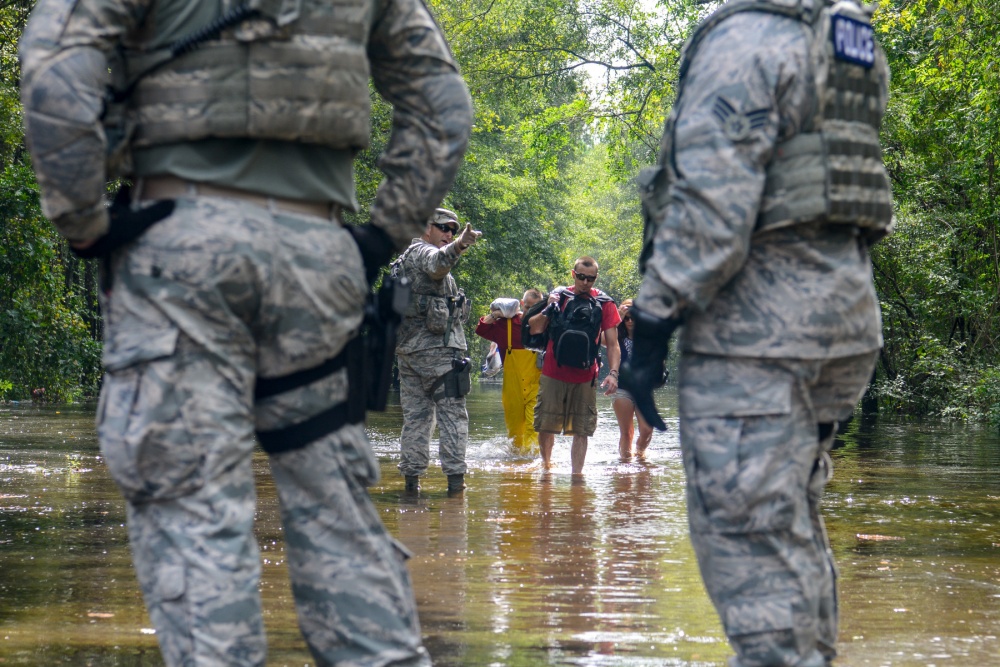
FEMA
By Monday, the center of the storm formerly known as Hurricane Florence had departed the Carolinas, leaving rain clouds and sporadic tornadoes in its wake. Over the weekend, the storm claimed as many as 23 lives (though, numbers vary widely at the moment) and dumped 34 inches of rain on eastern parts of the state.
At North Carolina’s Department of Agriculture and Consumer Services (NCDACS), officials planned a flyover assessment of the damages for Tuesday. Preliminary reports indicated that some of the tobacco crop had been lost, and Heather Overton, assistant director of public affairs, says that inspectors would be looking at Grade A dairies and grocery stores in addition to their field assessments. “I think that most of the state is not quite in recovery mode yet,” Overton says. “They’re still in rescue mode.”
The full extent of the agricultural and environmental damage wrought by the storm remains unclear. The floodwaters washed away a portion of a coal ash landfill near Wilmington, North Carolina, causing some of the power plant byproduct to wash into nearby Lake Sutton. Three additional coal ash ponds were flooded near Goldsboro on Monday. One nuclear power plant, also outside of Wilmington, declared a state of emergency on Monday when it was cut off from the the outside world by floodwaters. The plant was stable and posed no threat to public safety. In Wilmington, waterlogged sewer systems were releasing untreated and partially treated water from manholes and overtopped sewer systems into the Cape Fear River.
What a difference a 24 hour period has made to the Cape Fear River. A comparison photo from the Person St Bridge from yesterday to today. #Florence #ReadyNC #ReadyFay #NCWX pic.twitter.com/2BgWAUmuUx
— Fayetteville Police (@FayettevillePD) September 17, 2018
Ahead of the storm, environmentalists worried that breaches at the coal ash sites, hog manure lagoons, or any of the 41 Superfund sites in Florence’s path would contaminate rivers and streams. Coal ash can contain mercury, arsenic, and lead, and hog waste can carry E. coli and salmonella bacteria. We likely won’t know the true impact of the storm on public waterways for some time.
Many poultry farms are also located in the storm’s path and therefore vulnerable to flooding. During Hurricane Matthew in 2016, millions of birds drowned. The North Carolina Poultry Federation did not respond to a request for an update by press time on Monday.
In the coming days, NCDACS and environmental advocates will begin to conduct aerial surveys of the damages. The North Carolina Pork Council said it expected to release additional updates on Monday. We’ll continue to update this story as the state moves from emergency rescue into recovery.

